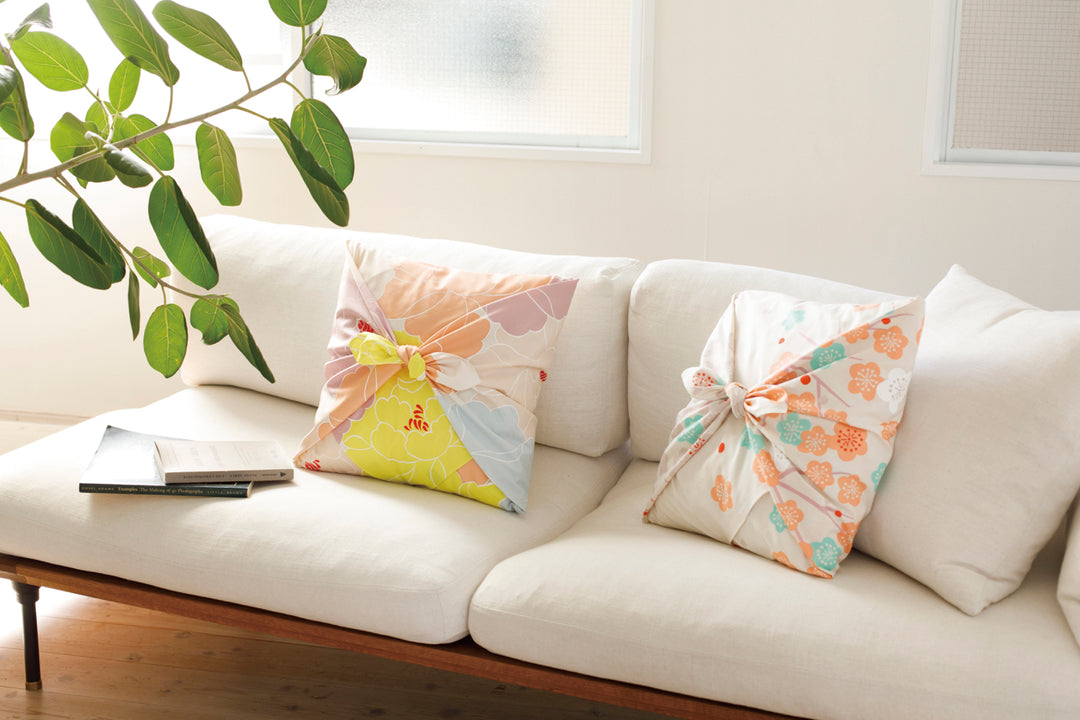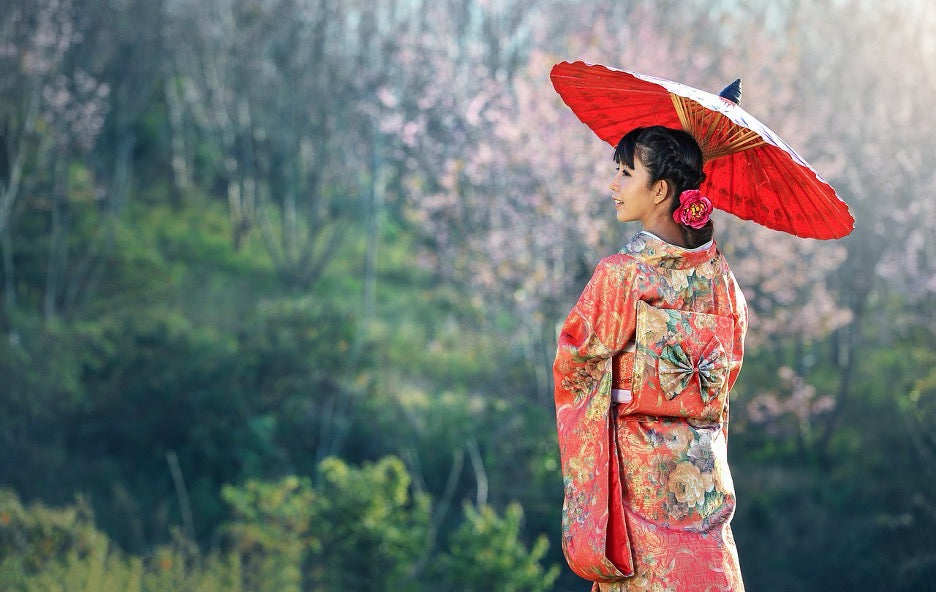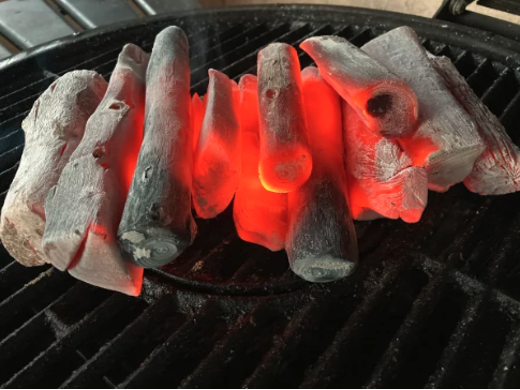The Art and Tradition of Japanese Ceramics

While design and decor trends may come and go, the art of Japanese pottery and ceramic ware stands steadfast in its timeless appeal. Each piece is expertly made and showcases the beautiful artistry of the masterful hands that created them.

The process it undergoes blends all four elements – earth (the basis of the clay and glaze), water (to soften the clay and glaze), and fire and air (to bake the clay). This aptly demonstrates Shinto, the indigenous Japanese religion emphasising the sacred spirit of animate and inanimate things.
In everyday life, Japanese ceramics hold a lot of importance and are used in a wide variety of ways – from traditional tea ceremonies to tableware, general household use and more. Of course, it goes without saying that plating a meal on a stunning ceramic centrepiece has the power to completely set the aesthetic of the dish, making it essential for both the Michelin-star Chef as well as the avid home entertainer.
Rich in heritage

Japanese ceramics is one of the country’s oldest crafting forms, dating all the way back to the Neolithic period (stone age) between 10,000 and 300 BCE. This makes Japan hold one of the oldest ceramic traditions in the world.

Such an ancient tradition like this brings with it a variety of exquisite styles that have developed over the years. In fact, there are more than 50 types of ceramic styles in Japan, each with its own unique characteristics ranging from the material used to the colours, whether it’s glazed or not, the temperature at which it’s fired, and so much more.
Setomono – what’s in a name?
Ceramics produced in the Japanese city of Seto are known as Setomono, which has become a generic word for ceramics, not only in Japan but also worldwide. The clay that comes from Seto turns a bright white during the firing process, making it ideal for vibrant glazes that can be found on many bowls, plates, vases and jugs.
With ceramics being such an integral part of our Japanese homeware offering, we took this as inspiration for our name – Setamono – which is synonymous with the ancient ceramic culture and traditions.
Other ceramic and pottery hubs in Japan include Nagoya, Japan’s fourth largest city, and Gifu, whose pottery is referred to as Mino ware (Mino yaki in Japanese).

Just unpacked
As you can see, Japanese ceramic ware is an extraordinary addition to any home that adds a special touch of ancient history, craftsmanship and beauty, and makes for a thoughtful and unique gift for any homemaker (because one can never have enough platters or serving dishes in the kitchen!).
We have just unpacked a gorgeous selection of ceramic ware in our shop. Here’s a taste of what we now have in-store…
 Kailan Haruto Plate 26 X 24 X 4.3cm |

Akiko Haruto Plate 26 X 24 X 4.3cm |

Hina Plate 24.8 X 3.5cm |
 Itsumo Plate 27 X 24.5 X 4cm |

Shirotoki Plate 27.7 X 3.7cm |

Sato Plate 24.8 X 3.5cm |
Visit the Setamono Japanese Homeware store to view our collection of exceptionally crafted ceramics.
Setamono - Shop 5a, The Courtyard,
Old Cape Quarter Lifestyle Village,
De Waterkant, Cape Town
Monday to Friday: 9:30am – 5pm
Saturday & Sunday: 9:30am – 2pm




